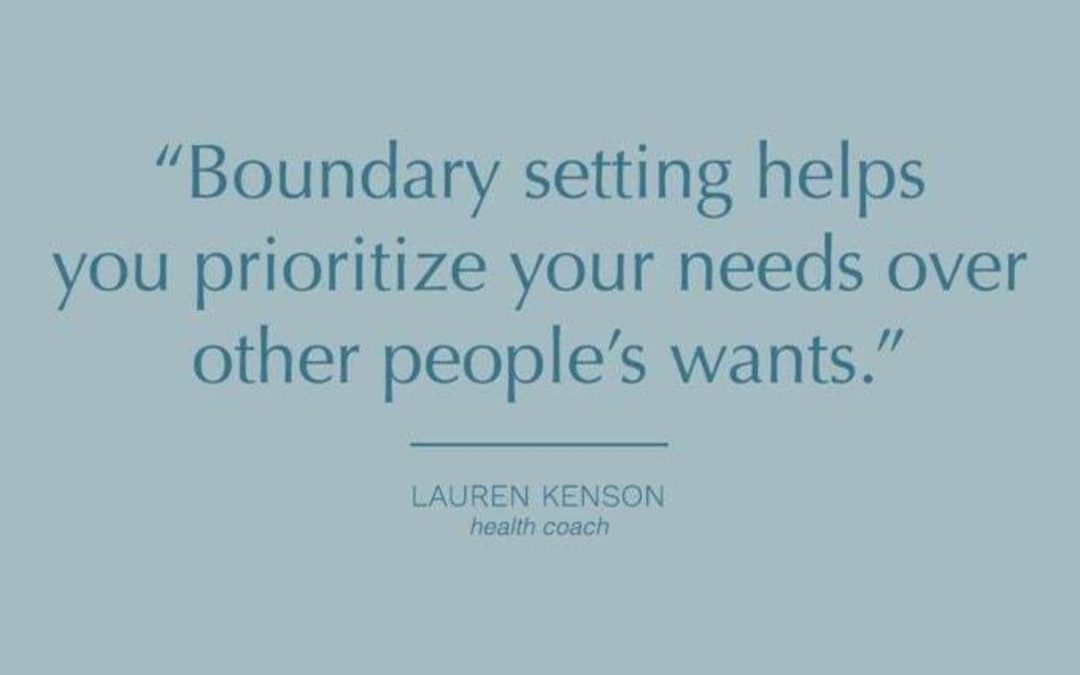It is a challenge to learn the art of setting boundaries. It comes with feelings of discomfort, upsetting people, but most importantly it betters your mental health. There are many areas of life that setting boundaries can be very beneficial when it comes to maintaining healthy relationships with other people and yourself. In my opinion, the greatest boundary I have set for myself is practicing the ability to say no. A very important person in my life once told me that, “no is a complete sentence”. After a few months of working with clients, I quickly realized that most people don’t really know what boundaries are or which boundaries they may need to set in their life. Below, I am going to explain what a boundary is, along with the different types of boundaries.
What is a boundary?
Boundaries are the limits, rules or lines we set for our own personal comfort. Boundaries are a set of guidelines that are both physical and mental that are established to help protect ourselves when we are around other people and in relationships.
What are the different types of boundaries?
There are six different types of boundaries: emotional, physical, sexual, material, time, and verbal. Emotional boundaries can look like asking for space or communicating discomfort. Physical boundaries can look like privacy with your body or limits to being touched. Sexual boundaries can look like giving consent or what your limits are with intimacy. Material boundaries can look like finances/budgeting or lending things to other people. Time boundaries can look like limiting the energy that you give to people or time management. Lastly, verbal boundaries can look like healthy communication during disagreements or how you allow others to speak to you. One may have boundaries in each of these areas or only a few. The beauty of setting boundaries is that it is completely on your terms.
Finding balance!
It is important to find balance when it comes to boundary setting. It can be difficult to get to the healthy side of boundary setting. Oftentimes people tend to stay on the rigid or porous side of setting boundaries. When one is on the rigid side of setting boundaries, it can look like being closed off to growing in relationships and being protective of themselves and their personal information. When one is on the porous side of setting
boundaries, it can look like oversharing information about themselves or accepting disrespect from others. As for what it looks like on the healthy side, we see those feeling comfortable saying no to people and the ability to not compromise their values for others. It takes time to get to the healthy side of boundary setting but it is very much possible with practice and being open about your needs in your relationships.
Working with your therapist!
If boundary setting is something that you are looking to work on in your life, mention it to your therapist! As a therapist who loves boundary work, it always excites me when I have a client tell me that they are ready to make adjustments in their life to better their mental health. There are worksheets and daily practices that can be very helpful to utilize when learning what boundaries would be beneficial to put in place in your life. Furthermore, as you are working on setting those boundaries, you and your therapist can talk through the emotions and difficulties that come along with setting boundaries with other people in your life. Once you have become comfortable with setting boundaries, I am sure you will see a difference in the quality of your mental health. Boundary setting is a constant skill that will be used throughout your life.
Work Cited: @counsellorcronan My Personal Boundaries Workbook

